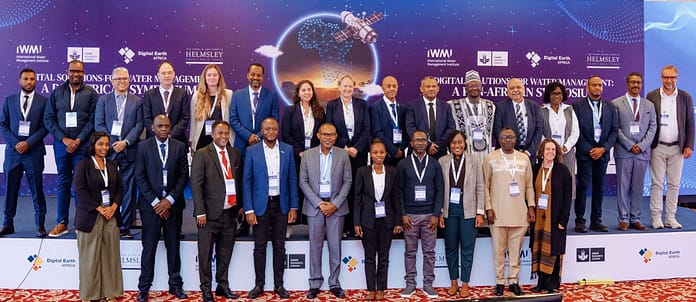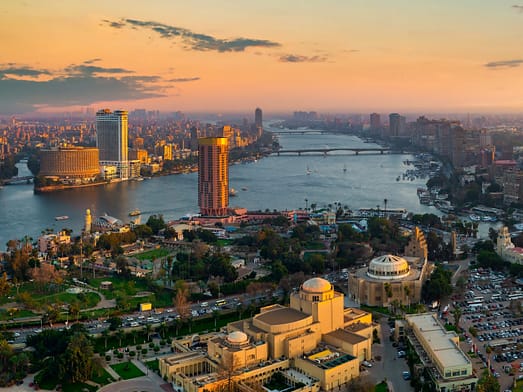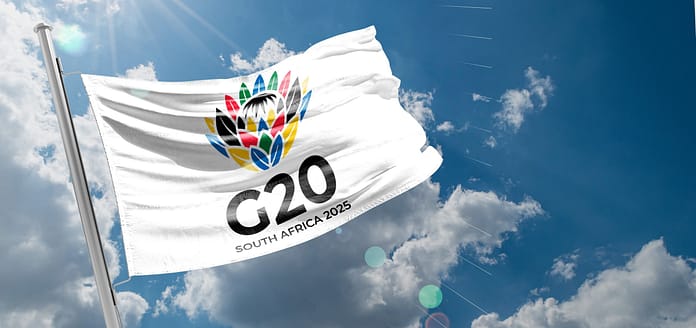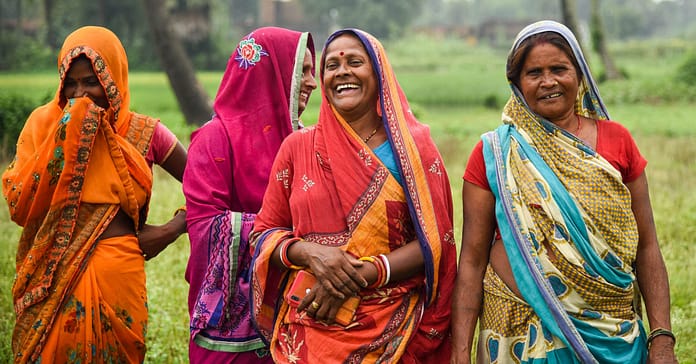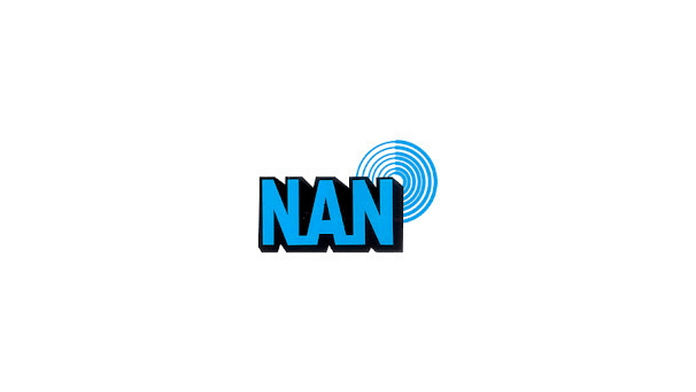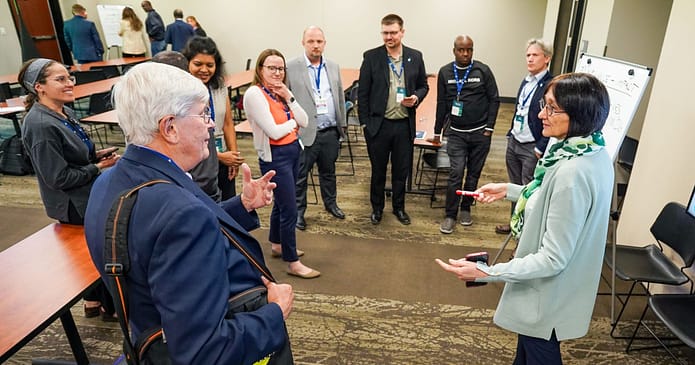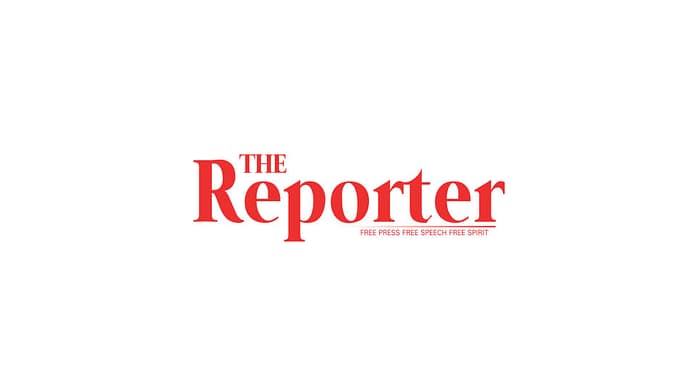
Aquaculture is the world’s fastest-growing source of food, projected to create as many as 22 million new jobs by 2050. In Myanmar, the stakes are especially high. Fish already supply about 60% of the country’s animal protein, and more than 3.2 million people rely on fisheries for their livelihoods. Expanding aquaculture could deliver sweeping socio-economic benefits — boosting nutrition, strengthening rural economies and anchoring a more sustainable food system for the future.
Yet as climate risks intensify, Myanmar faces a delicate balance. Aquaculture development must account for environmental and social pressures, ensuring that expansion avoids inefficiencies and losses while protecting the very communities it aims to support.
Enter the Aqua-DST or the Aquaculture Decision Support Tool!
Developed by the International Water Management Institute (IWMI), Aqua-DST is a powerful, user-friendly dashboard designed to guide sustainable aquaculture development through science-based insights. Using geographic information systems, Aqua DST evaluates whether a site is suitable for fish farming. In practice, this means the tool can flag if a proposed site in a township is vulnerable to flooding and water shortages, while also offering insights into the availability of feed suppliers and other essential links in the value chain.
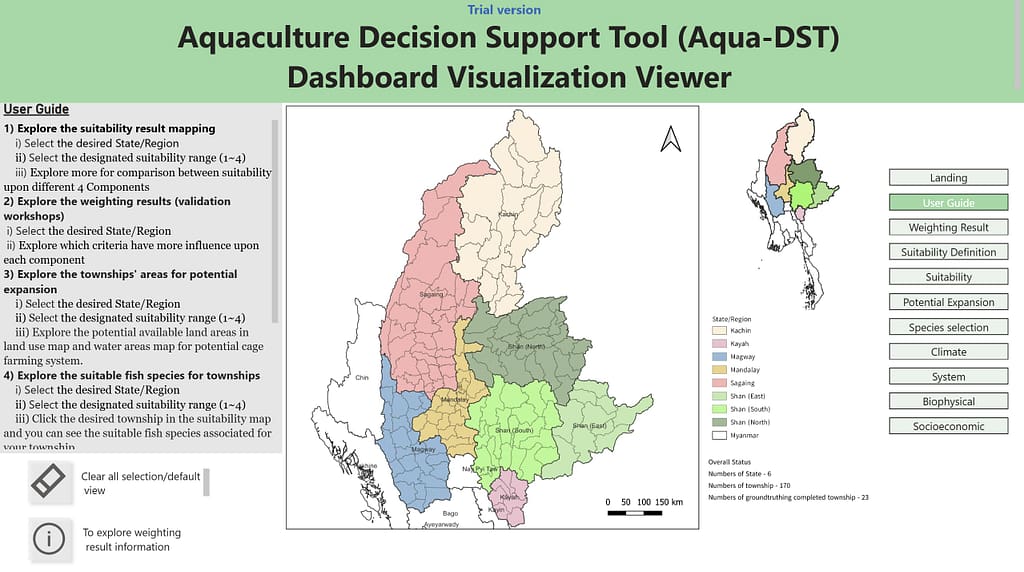
Many aquaculture ventures in Myanmar struggle because of poor market access, weak infrastructure and climate-related disasters. Adding to the challenge, restrictive land policies that prioritize rice cultivation often squeeze out opportunities for inland fish farming, even when aquaculture promises higher income and jobs. Aqua-DST helps overcome these challenges by providing a data-driven approach to identifying where new ponds make the most sense and stand the best chance of success.
As of 2025 Aqua-DST has been deployed across 170 townships in upper Myanmar, covering key regions such as Kachin, Magway, Mandalay, Sagaing and Shan State. Policy makers and farmers are using the tool to identify priority areas for aquatic food system development.
“The results from Aqua-DST are very effective for supporting aquaculture expansion within our department,” said Daw Nwet Nwet Mu, an officer of Myanmar’s Department of Fisheries. “I find it especially useful for my future tasks. It’s a cost-effective way to make informed decisions, particularly when analyzing which townships are suitable for aquaculture.”

Aqua-DST combines climate data, flood and drought risks, water availability, infrastructure and socio-economic conditions to identify the best sites for aquaculture. The interactive dashboard allows users to compare townships, adjusting filters for climate risks, value chain access and local conditions to locate areas ideal for expansion. Decision-makers can even select fish species suited to each location, while the township profile database offers deeper insights into designing customized strategies for sustainable and profitable aquaculture expansion.
To ensure Aqua-DST is applied effectively on the ground, IWMI conducted hands-on trainings across townships in Myanmar. Over 100 participants from government agencies, non-governmental organizations and private investors learned how to navigate the dashboard and apply its insights.
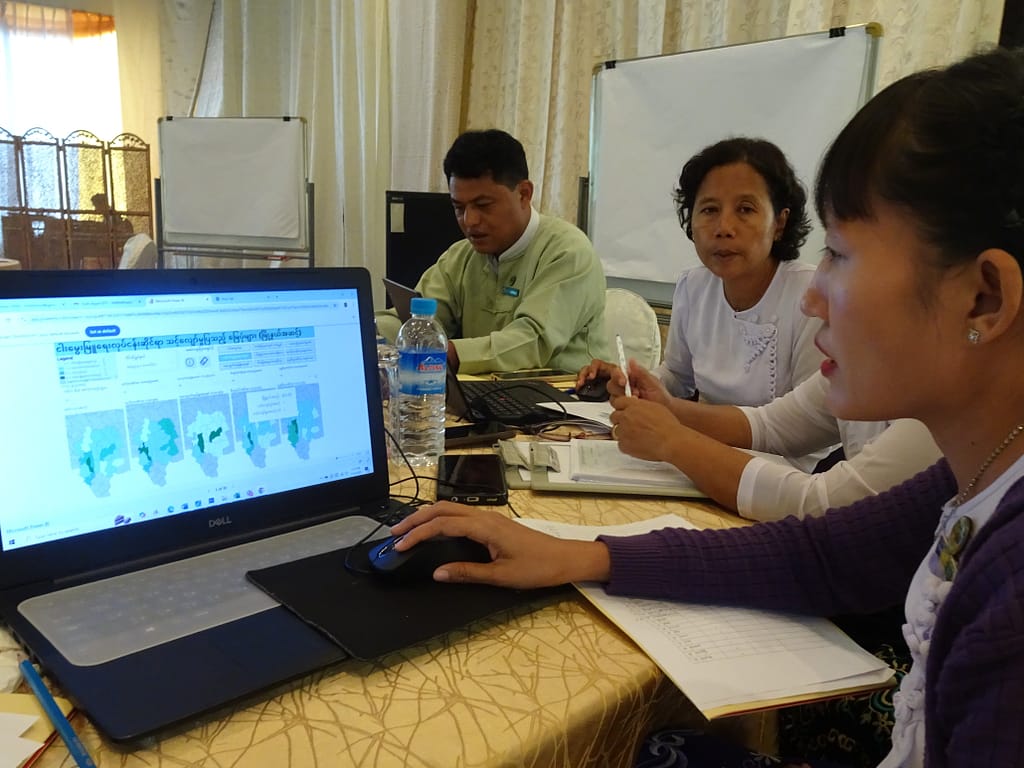
“Aqua-DST and its results are highly effective, especially for aquaculture communities, traders, and companies like feed suppliers,” said Daw Myint Myint Tun, a deputy staff officer with the Department of Agriculture. “It’s cost-effective and gives us the data we need to make smarter decisions at the township level.”
On September 22, 2025, IWMI officially hands over the Aqua-DST dashboard to Myanmar’s Department of Fisheries (DoF), cementing the tool’s long-term role in guiding aquaculture planning and decision making. By integrating data from the DoF and other sources, Aqua-DST is poised to become a cornerstone for sustainable aquaculture development across the country. More than just a tool, Aqua-DST represents a shift in how aquaculture is planned in a changing climate. By harnessing data-driven insights, decision-makers can build sustainable, climate-resilient fish farming systems that support livelihoods, strengthen food security and guide sustainable growth for years to come.


